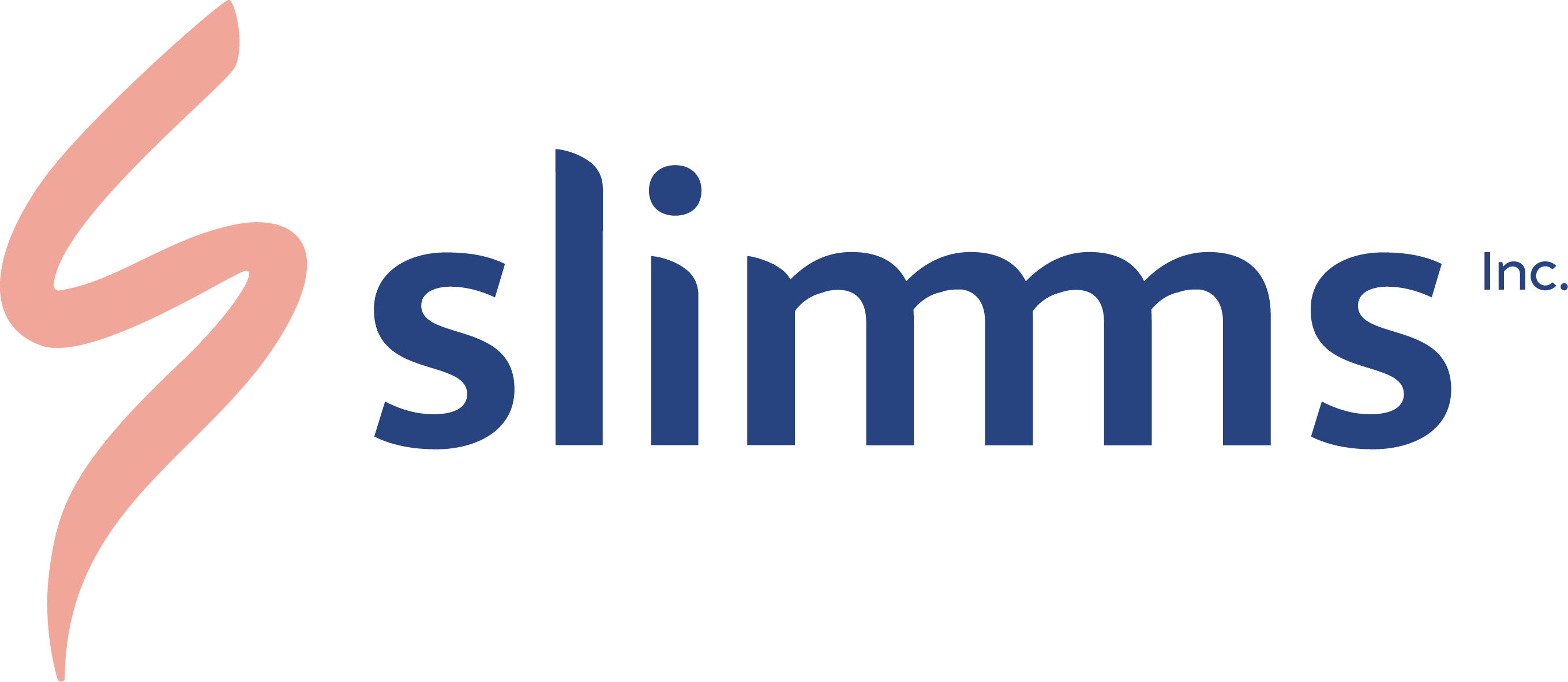Beyond Nutrition Labeling
After weight loss surgery, you should take an active interest in the nutrient content of everything you eat. Because you can’t eat much, everything you eat should be packed with nutrients. While most of you are aware that you need to take vitamin and mineral supplements for the rest of your life, you may not be accustomed to extracting the maximum amount of useful information from a food label. Label information can help you make good food choices and have a healthier body postoperatively. If you follow these five simple steps, nutrition labels can be easy to use and understand.
- Serving Size: Look at serving size, including how many servings there are in the food package, and compare it to how much you can actually eat. After restrictive operations, Roux-en-Y gastric bypass (RNY-GBP) or adjustable gastric banding (Lap-Band®), serving size tends to be much smaller than the typical size listed on the label. Naturally, the serving size actually consumed influences all the nutrient amounts listed on the top part of the label. Try to estimate what percentage of the serving you ate, i.e., a half, a quarter, etc.
- Calories and Calories from Fat: Calories do count – although you shouldn’t have to “count calories” after surgery. While you don’t need to consume a specific number of calories per day, you should be aware of the approximate relative calorie content of most foods. During the first few months after bariatric surgery, patients typically take in 700-1000 calories per day. As you would expect, calorie-dense items are contraindicated after surgery. Be aware of how many calories in a serving come from fat. Fat provides 9 calories per gram while protein and carbohydrates supply 4 calories per gram. If you are getting a high percentage of your calories from fat, you probably aren’t getting enough protein in your diet.
- Limit These Nutrients: The nutrients that are most important for your health are listed on the label in two main groups. The nutrients listed first, total fat, saturated fat, cholesterol and sodium should be limited. Eating too much fat or too much sodium may increase your risk of heart disease, some cancers, or high blood pressure. High fat intake is usually linked to weight gain and obesity. Too many carbohydrates in the form of sugar can add unnecessary calories to food and cause dumping in RNY-GBP patients. Common names of sugars in food include dextrose, high fructose corn syrup, fruit juice concentrate, brown sugar, molasses, honey, and dextrin. Ingredient names ending in “-ose” are sugars and those ending in “-ol” are sugar alcohols – both can cause dumping.
- Get Enough of These Nutrients: After surgery, you should make a concerted effort to increase calcium, iron, and vitamin C in your diet. Calcium and iron absorption are decreased after RNY-GBP. Intake of good sources of iron such as chicken, pork, and beef is also decreased after both RNY-GBP and Lap-Band® surgery. Vitamin C can facilitate iron absorption. Many patients also don’t get enough dietary fiber. Dietary fiber can contribute to the feeling of fullness and satiety. If you eat only soft, mushy items after surgery, you may experience frequent hunger between meals as well as chronic constipation. Postoperatively, you are encouraged to gradually increase the fiber content of your diet.
- Percent Daily Value (%DV): This portion of the label tells you whether the nutrients (fat, sodium, fiber, etc) in a serving of food contribute a lot or a little to your daily diet. Your “diet” is all the different foods you eat in a day. Percent Daily Values are based on recommendations for a 2,000 calorie diet. Your Daily Values will be much lower as you should not be consuming 2,000 calories per day after weight loss surgery. If you are eating 1,000 calories per day, your daily values for total fat, saturated fat, and total carbohydrate would be half of that needed for a person eating 2,000 calories per day.
Remember, you can’t get everything you need nutritionally from your vitamin and mineral supplements — no matter how great they are. You must use food to supply adequate protein, fat, carbohydrate and fiber. In addition, vitamins and minerals are usually better absorbed when provided by food rather than a pill. Continue to take vitamin and mineral supplements but use food labels to help you achieve your weight goal and improve your health.
